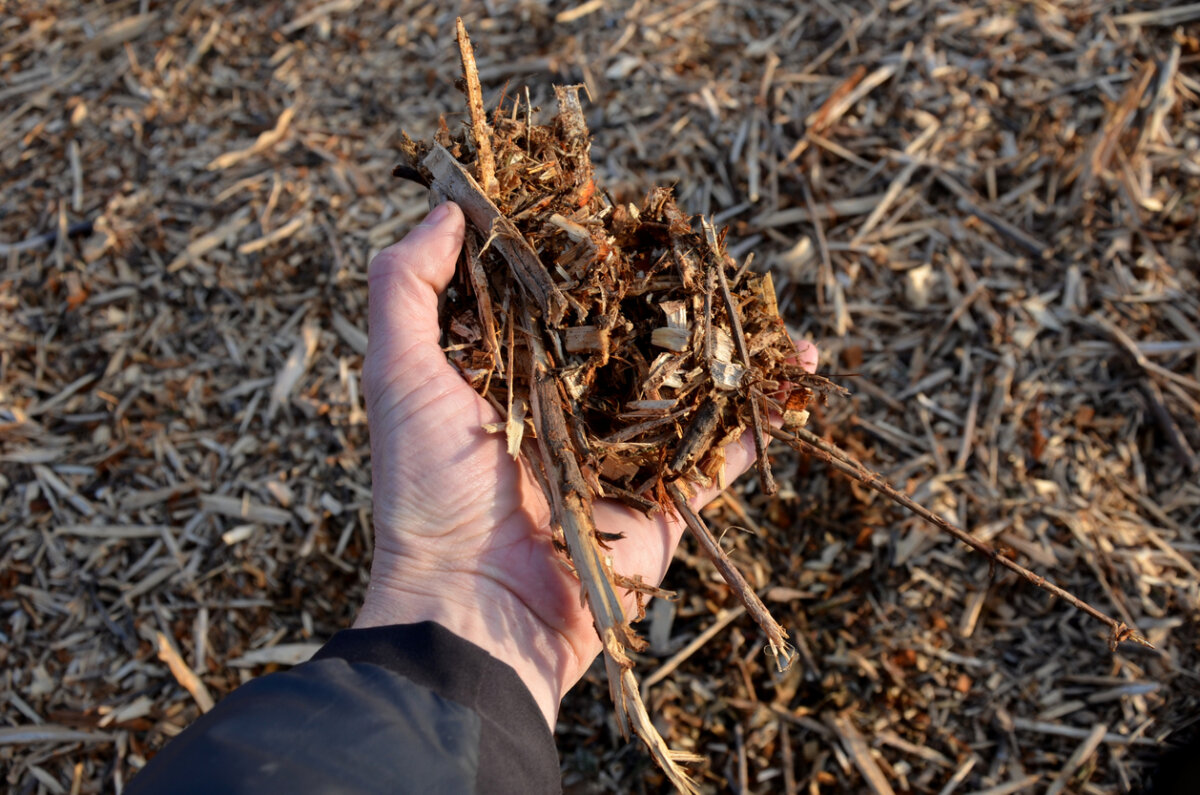
Coarse textured mulch works better than fine mulch to feed your soil and suppress weeds.
This is a great time of year to think about mulching your landscape. A recent article in the Seattle Times presents pro tips on how to mulch.
Mulch your soil like nature does, says professional gardener Christina Pfeiffer. Think of your landscape like a woodland, with a mix of trees, shrubs and perennials. Leaves and twigs fall and then gradually decompose, creating a rich layer of soil. You want to create similar conditions. Pfeiffer suggests the following tips for mulching.
- Coarse textured mulch works better than fine mulch. Choose materials that are at least 1/2 inch in diameter. This could be arborist chips, commercially bagged chips or chips from a soil yard.
- Apply mulch two to four inches deep to suppress weeds. Apply mulch three to four inches deep to reduce storm runoff and prevent soil compaction.
- Feather mulch around the trunks of trees and shrubs to prevent damage to the wood.
- Compost does not make a great mulch on its own. It does not suppress weeds as well as coarser material, and it can crust over and prevent water and oxygen from penetrating the soil. Compost is best used when worked into the soil or under a layer of coarser material.
- Fallen leaves are valuable. Leave them where they fall in beds around deciduous trees and shrubs. Leaves decompose over time, providing the soil with nutrients and organic matter. Leaves will break down more quickly when shredded with a lawn mower or other tool.
- If you have a large quantity of leaves, you can create a compost pile and allow them to break down this winter to use next spring. The article has details on how to do this.
Mulching like nature will give you great results in your garden, the article concludes. “Coarsely mulched soil that’s rich in organic matter, like leaf mold, supports good soil biology, consisting of beneficial fungi and larger soil organisms such as earthworms, millipedes and ground beetles. Put it all together, and you’ve got the foundation of a beautiful garden.”
Read the entire article on pro tips on how to mulch here.
